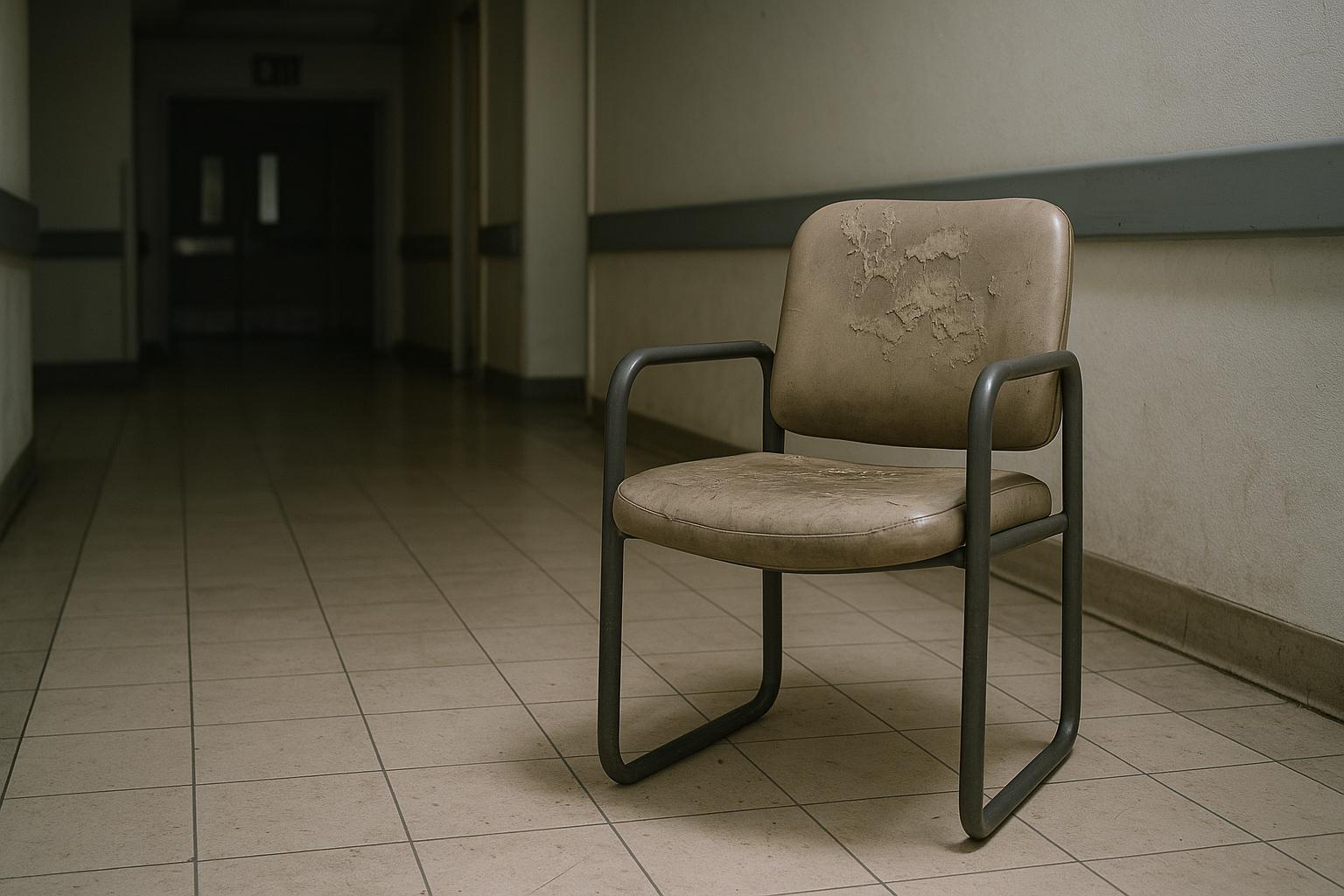Receiving a diagnosis of a chronic health condition often carries emotional weight, yet the manner in which such news is delivered can either support or compound a patient's distress. For Rebecca Thomas, a national health journalist, the shock came not just from the diagnosis of endometriosis but from how it was communicated — via a brief, impersonal text message from her GP. This message, laden with typographical errors and medical jargon, simply stated that her ultrasound showed evidence of endometriosis and that she would be referred to a gynaecology team, without any further explanation or opportunity for immediate discussion. The absence of personalized information left her grappling with uncertainty about the severity of her condition and the next steps in her care. This experience was particularly stark given her informed background and contrasts sharply with the often protracted journey many women face before receiving a diagnosis.
Endometriosis affects an estimated one in ten women in the UK, yet awareness amongst some healthcare providers remains inconsistent, contributing to diagnostic delays. Thomas’s GP had never discussed the possibility of endometriosis despite symptoms that had recently emerged. This gap underscores a pervasive issue. Recent studies reveal that women in the UK endure an average diagnostic delay of nearly nine years, with some visiting their GP ten or more times before receiving confirmation. Endometriosis UK, a leading charity, reports that diagnosis times have worsened in the past three years, now averaging almost nine years — a figure that has significant consequences for patient well-being and disease progression.
The systemic challenges are exacerbated by prolonged NHS waiting lists for gynaecological services. Currently, more than half a million people await gynaecology treatment nationally, with significant numbers on waiting lists exceeding a year. These delays not only prolong suffering but risk exacerbating conditions like endometriosis, which can cause chronic pain, fertility issues, and other complications if left untreated. Legal experts and healthcare advocates emphasize the urgency of timely referrals, especially for patients presenting with ‘red flag’ symptoms warranting expedited assessment.
Digitisation has been heralded as a route to improve healthcare access and transparency, with initiatives such as the NHS app promising patients more control over their records and hospital choices. However, Thomas’s experience illustrates the current limitations of these reforms. Receiving a critical diagnosis by unsecured text message, coupled with inaccessible scan notes written in complex medical terminology, failed to empower her as a patient. The government’s league tables, intended to guide hospital choice, offered little relevant or comprehensible information regarding the quality of care for endometriosis or gynaecology services, creating further confusion even for someone with health journalism expertise.
Specialist centres like the Oxford Endometriosis CaRe Centre offer a more holistic, multidisciplinary approach to managing endometriosis, combining assessments and treatments tailored to individual needs. Such services are vital to improving patient outcomes but remain difficult to access promptly due to systemic backlogs.
Some regions, like NHS Fife, have publicly acknowledged the crisis in gynaecology waiting times and are implementing measures to improve the situation, including investments in service capacity and referral pathways to specialised treatment centres. Nonetheless, the challenge remains widespread across the NHS.
Thomas’s reflections prompt critical questions about the balance between technological advancements and patient-centred communication. While moving from analogue to digital platforms is crucial for modernising the NHS, it must be accompanied by meaningful, accessible information and empathetic dialogue to truly serve patients’ needs. As the government pledges reforms, the lived experiences of patients like Thomas underscore the urgent necessity of combining digital innovation with compassionate care to improve the diagnosis and management of endometriosis.
📌 Reference Map:
- Paragraph 1 – [1], [4]
- Paragraph 2 – [1], [2], [3]
- Paragraph 3 – [1], [5]
- Paragraph 4 – [1]
- Paragraph 5 – [6]
- Paragraph 6 – [7]
- Paragraph 7 – [1]
Source: Noah Wire Services
